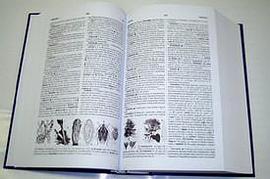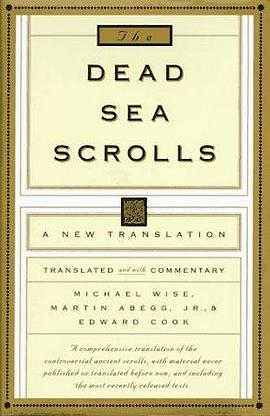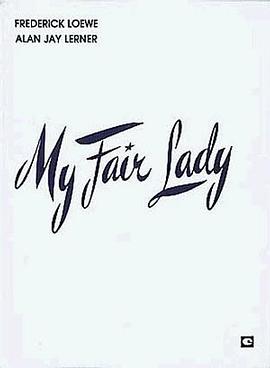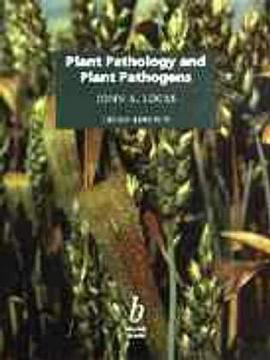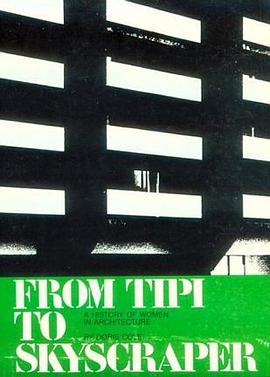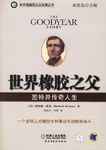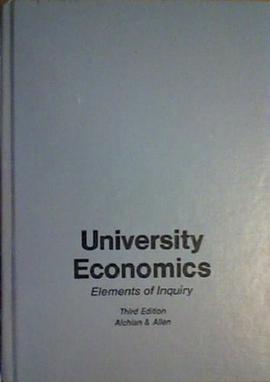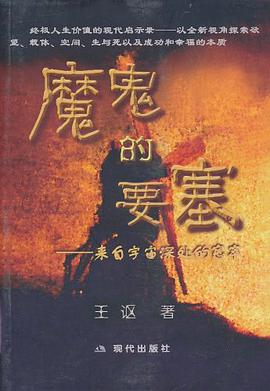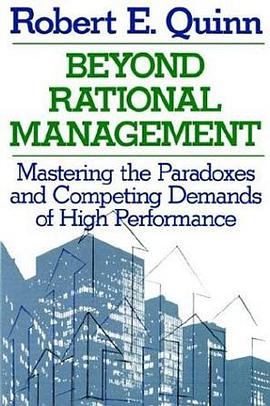

High-performance computation and display capabilities offered by personal computers (PCs) have dramatically changed the field of instrumentation. Modern instruments use a PC and a graphical software unit with a variety of interfaces to communicate with and to control the hardware. These instruments use the computer's extensive processing power to offer a very high level of performance. Over the years, graphical programming language has gained ground as a programming tool. Although it has not displaced traditional programming such as C or C++, it offers an environment that is fast and easy to use. In applying the language, users do not have to remember the code; they simply manipulate the objects on the computer's screen. LabVIEW ; , a product of National Instruments Corporation, uses graphical language in creating a program called a virtual instrument (VI). Virtual instruments can acquire and process data, display results on a graph, control another instrument and/or an external system, and perform simulation and many other tasks. Because VI is a software file, it can be easily reconfigured to meet the requirements of a new specification. The ability to alter the functionality of an instrument is an advantage that was never before available to the user. In the past, the vendor or the manufacturer controlled the instrument's functionality. ORGANIZATION OF THE TEXT A wide range of data acquisition, analysis, and simulation experiments using LabVIEW software have been designed and included in this book. In order to better understand LabVIEW, the user is often required to modify the existing software in order to achieve a specific measurement, as in the case of the position control servo where the user is required to design the settling time measurement software. Chapter 1 introduces the reader to some of the basic tools and operating features of LabVIEW, including loops arrays and graphs. Data acquisition, data processing, and GPIB instrument control are introduced. Chapter 2 presents the five structures in LabVIEW: sequence, cases that can be configured as numeric or Boolean, for and the while loops, and the formula node. Most structures, except formula node and sequence, have their counterpart in C language. The sequence structure is not required in C language because all commands are executed in the order that they are written. Execution in LabVIEW VI, however, is based on the flow of data. An object in the block diagram executes only if data is available at all inputs. The formula node gives the designer an option of either wiring objects or writing formulas inside the node. Exercises in this chapter illustrate practical application of the structures. Chapter 3 introduces the user to one-dimensional and two-dimensional arrays that are created inside the for loop or while loop. It also includes array functions in LabVIEW, which are essential in processing array-based data. Chapter 4 presents applications where the raw or processed data must be displayed. The chart, waveform, and X-Y graphs are used throughout the text. Each graph has a specific input requirement. For example, the waveform graph requires an array input for the X-axis, while the X-Y graph requires arrays for the X-axis and the Y-axis. Strings offer the most versatile format because they can represent any character on the keyboard. Typically a string is an array of ASCCI characters, with each character is assigned an ASCCI code. A character is a number, an alphabetical character, or any other character on the keyboard. Strings are used to communicate information over a network. TCP/IP protocol uses strings. GPIB uses strings in communicating with remote instruments. LabVIEW includes string palettes in its analysis library providing string controls, indicators, and string functions for building VIs. Experiments in Chapter 5 introduce the application of various string functions. The data generated by VI can be saved to a file, which can later be opened, appended, or modified. In LabVIEW special rules and procedures must be followed to save data to a file. These rules include creating a new file or reading from and writing to an existing file. Chapter 6 illustrates this process. Mathematical analysis software is given special attention in Chapter 7. Fourier analysis software plots the square wave that corresponds to any number of Fourier terms. The Fourier spectrum is generated and displayed for a pulse train with adjustable duty cycle. Although it may take a few seconds, the software can sum and display as many as one million terms, a task that would have been unthinkable in the not too distant past. Chapter 8 introduces basic electronic communication concepts and LabVIEW simulation exercises. Amplitude modulation and frequency modulation are covered extensively. DSBFC, DSBSC, and SSB are discussed in detail. Theoretical concepts are supported by the simulation software. Transmission line concepts in microwaves are presented using a software design project. Extensive background material is provided to refresh the reader's comprehension.: Chapter 9 introduces the fundamentals of data acquisition. When an analog signal is brought inside the LabVIEW environment via the A/D converter, it must first be digitized or converted to an array of samples. An interface called the data acquisition board (DAQ board) is required to acquire data. LabVIEW supports the data acquisition process with the Data Acquisition subpalette in the Functions floating palette. The VIs used in data acquisition fall into one of three categories: Easy, Intermediate, and Advanced. Easy VIs have the highest software overhead but are easiest to use; Advanced VIs have the lowest software overhead but in order to use them, the designer must be very familiar with LabVIEW. Chapter 10 introduces the data acquisition process through very simple experiments. Real data is acquired and displayed, stored to a spreadsheet, or otherwise processed. Acquire Waveforms VIs, which reduce software overhead, are used. They employ buffered and hardware timed types of data acquisition. A broad area of physics is explored in Chapters 11 to 13 with numerous experiments that support and illustrate various theoretical principles. Uncommon experiments include the diffraction pattern measurement in optics and thermodynamic experiments, including the Seebeck and Peltier effects. Classical concepts in optics and the inverse square law are investigated in Chapter13 using commercial equipment and LabVIEW. Chapters 14 and 15 present an extensive theoretical and experimental coverage of motors and generators, AC and DC. For example, the motor generator assembly used in Chapter 14 is open so that the armature and other details are easily seen. Motion control experiments in Chapter 15 illustrate the speed control of a DC motor. Of special interest is the control system presented in Chapter 16. A commercial trainer is used to demonstrate the characteristics of speed control and position control servos. Velocity feedback to control system damping is explored in a separate experiment. Ramp waveform generated in LabVIEW drives the position control servo in order to measure the steady state error. TCP/IP is a protocol that is supported by virtually all operating systems, including LabVIEW. Chapter 17 explains and uses the server-client model to communicate data over a local area network such as the Ethernet. The chapter also illustrates how a client can operate a VI at a remote server location. CGI, HTTP servers, and the use of hyperlinks and HTML are also covered as they play an important role in communication and control over the Internet. Chapter 18 covers the GPIB instrument control. GPIB commands sent to a remote instrument with GPIB capability can control its operation. In a typical setup, the GPIB interface on the controlling station is connected by the GPIB cable to the GPIB connectors on the remote instruments. Experiments in this chapter involve controlling the operation of a power supply, multimeter, and the function generator; the GPIB control of oscilloscope; the Bode Plotter; and the Spectrum Analyzer.
具體描述
讀後感
評分
評分
評分
評分
用戶評價
相關圖書
本站所有內容均為互聯網搜索引擎提供的公開搜索信息,本站不存儲任何數據與內容,任何內容與數據均與本站無關,如有需要請聯繫相關搜索引擎包括但不限於百度,google,bing,sogou 等
© 2025 qciss.net All Rights Reserved. 小哈圖書下載中心 版权所有

